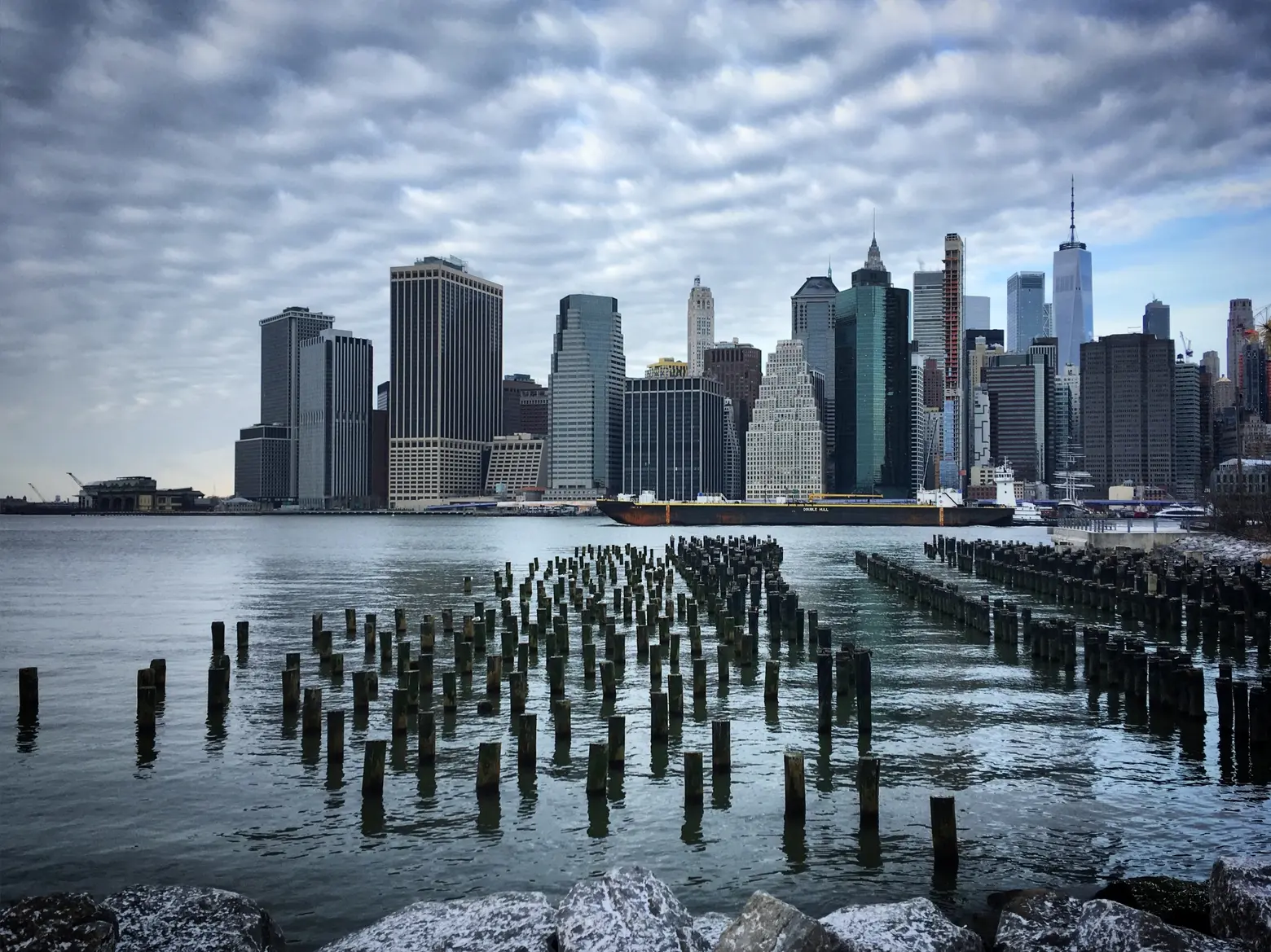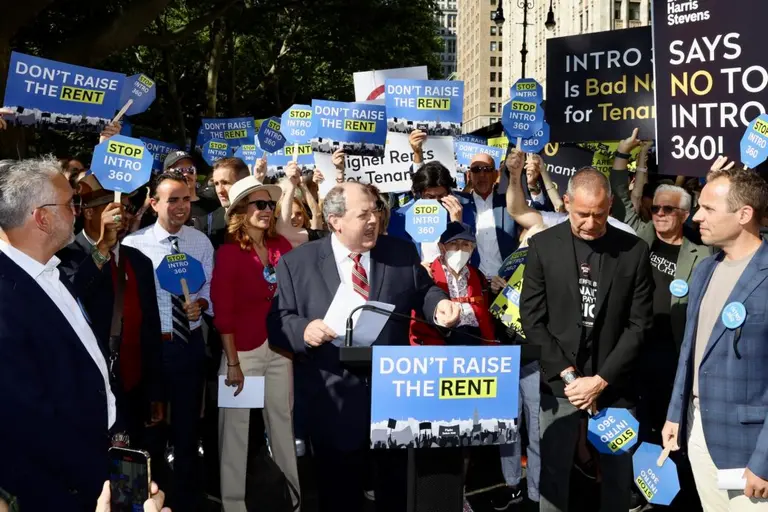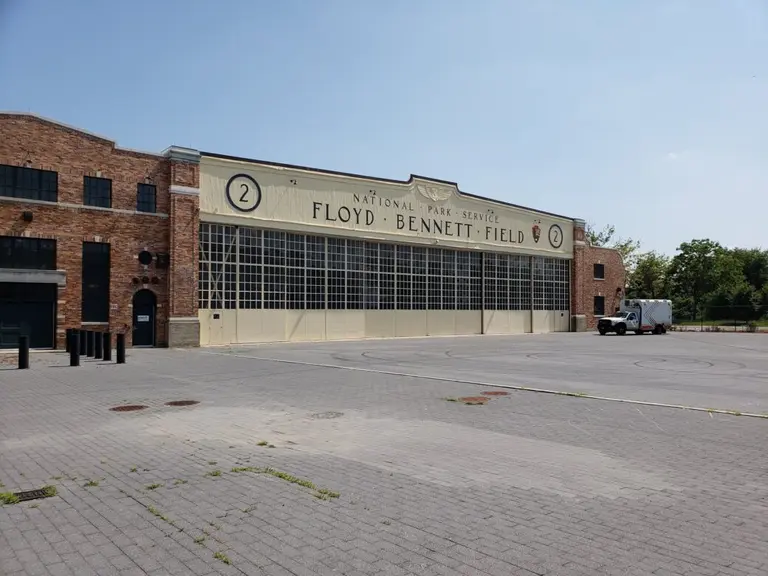Landmarks receives $500K grant to protect historic flood-prone areas from future storms

Image courtesy of Sergei Gussev on Flickr
With the start of hurricane season this weekend, New York City is bolstering its defenses against storm damage in its historic waterfront areas. The Landmarks Preservation Commission on Tuesday launched the LPC Climate Resiliency Initiative, an agency-wide effort that will make it easier for the city to respond to future climate-related weather events. LPC received a $500,000 grant from the Federal Emergency Management Agency (FEMA) to identify historic properties that may be flood-prone in case of severe weather.
As part of the initiative, LPC will conduct a survey of properties located in flood zones, create “geospatial” data collection tools to monitor historic structures in these areas and share their findings with state, local, and federal partners. The information will inform the city’s plans against future severe weather events and allow for a more efficient city, state, and federal response in case of flooding.
LPC will also reach out to owners of landmarked properties in flood-prone areas and educate them on the potential impact of storms, recommend mitigation measures that preserve their historic integrity, and support owners interested in incorporating climate efficiency and resilience work into their landmarked buildings.
“New York City has been leading the way on climate change, and LPC’s climate resiliency initiative represents the next step in the city’s proactive approach – an investment in the future of our historic resources to ensure they are better protected and more resilient as we look to a future,” LPC Chair Sarah Carroll said in a statement.
“With funding from FEMA, this initiative will enhance our city’s response mobilization capabilities, support interagency coordination, and strengthen channels of communication with our landmark building owners.”
The LPC’s new initiative adds to a growing list of other efforts to prepare the five boroughs for the future of climate change. Earlier this month, city officials broke ground on the city-funded Battery Coastal Resilience Project, a $200 million plan to rebuild and raise the wharf promenade in The Battery, part of a larger effort to protect Lower Manhattan.
The larger effort, the Financial District and Seaport Climate Resilience Master Plan, is a sweeping $7 billion project to revamp Lower Manhattan’s shoreline to withstand severe storms and rising sea levels. Notable features of the plan include creating a multilevel waterfront that adds up to 200 feet of shoreline to the East River, with its upper level raised by 15 to 18 feet to protect against severe storms.
“As hurricane season approaches, it is crucial for property owners to enhance their property’s resilience and have access to tools for rapid recovery post-disaster,” Mayor’s Office of Housing Recovery Operations Executive Director Rudy S. Giuliani said in a statement.
“The initiative that the Landmarks Preservation Commission is undertaking will provide vital information to the City and property owners during ‘blue skies’ periods, enabling us to maximize assistance after a disaster. Our past experiences have shown that having more information can significantly expedite recovery efforts and I applaud LPC for assisting these unique properties.”
RELATED:



























